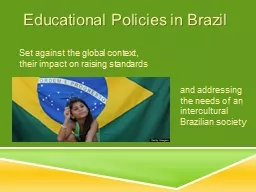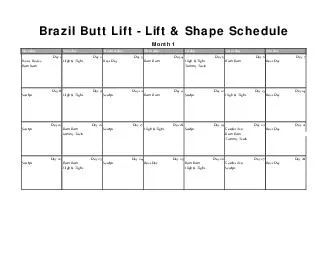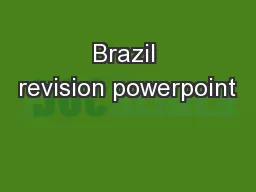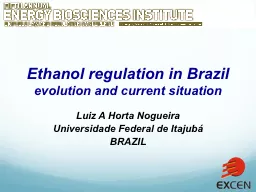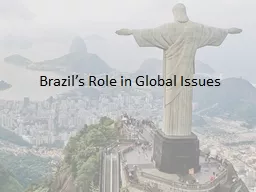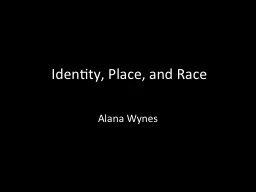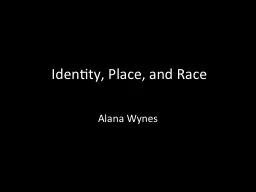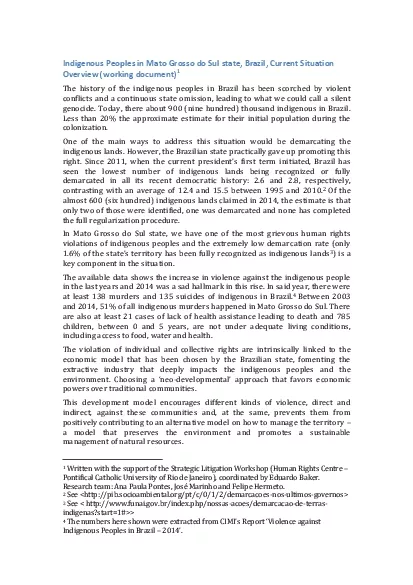PPT-Educational Policies in Brazil
Author : jane-oiler | Published Date : 2017-04-15
Set against the global context their impact on raising standards a nd addressing the needs of an intercultural Brazilian society See THINK Wonder In a country
Presentation Embed Code
Download Presentation
Download Presentation The PPT/PDF document "Educational Policies in Brazil" is the property of its rightful owner. Permission is granted to download and print the materials on this website for personal, non-commercial use only, and to display it on your personal computer provided you do not modify the materials and that you retain all copyright notices contained in the materials. By downloading content from our website, you accept the terms of this agreement.
Educational Policies in Brazil: Transcript
Download Rules Of Document
"Educational Policies in Brazil"The content belongs to its owner. You may download and print it for personal use, without modification, and keep all copyright notices. By downloading, you agree to these terms.
Related Documents

